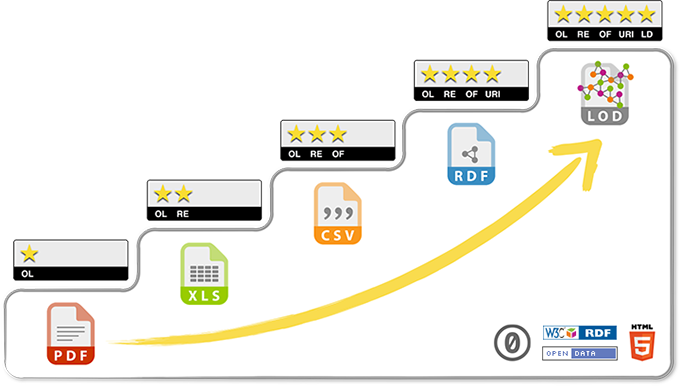We’re asking faculty to play “Icky Thump” when they haven’t mastered “Love Me Do.” We’re asking them to knit complex cables when they haven’t even combined knits and purls. We’re asking them to bomb down a black diamond run when they haven’t figured out how to stay upright on the green run.
This is a grand, grand, grand piece of writing. Perhaps somewhere there's an open educator - rocker - knitter - skier who's not thrown by any of these terms, but for the rest of us at least one of these examples should be disorienting.

